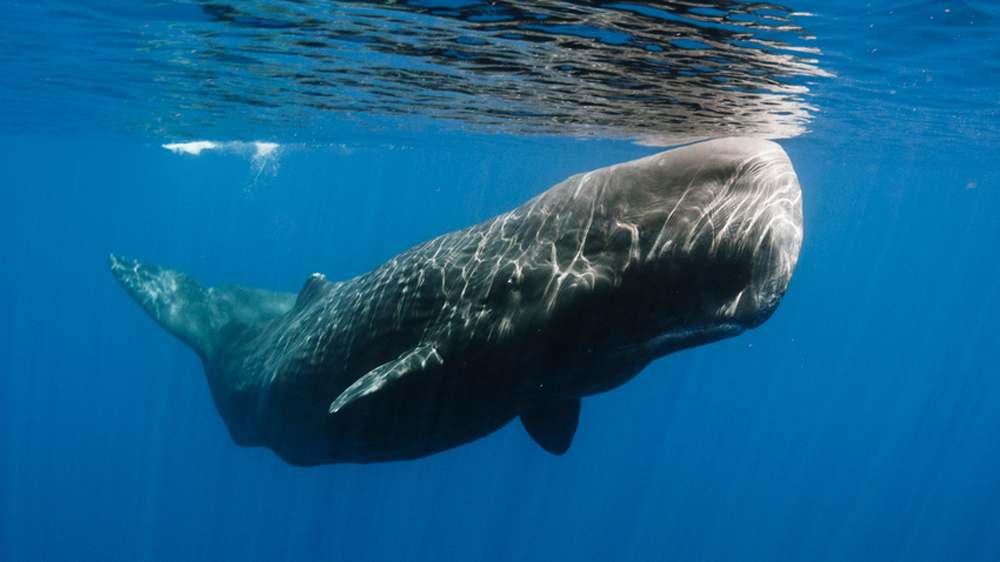Lessons from whale population collapse could help future species at risk
The research, carried out by scientists at the University of Zurich and University of Tasmania, used detailed records collected during the commercial whaling of the 20th century and collated by the International Whaling Committee (IWC) – to look at the effects of overharvesting on whale populations, and used this historic data to help develop methods which can be applied to species of current conservation concern.
Overfishing is a threat faced by many marine species, and is a problem that is likely to get worse with an increasing human population. Overfishing can lead to the collapse of fish stocks, which can take many decades to recover, if they do at all. A classic example of this is the overharvesting of whales for blubber, oil and meat during the 20th century, where large collapses in the numbers of whales occurred after decades of overharvesting.
Warn signs detectable long before collapse
Previous work on experimental systems has suggested that extreme shifts in the average body size of a population, along with fluctuations in the number of individuals, can be indicative of an approaching collapse; however this had never been demonstrated in a wild population before. The team lead by ecologist Christopher Clements from the University of Zurich analysed data on the number and size of whales harvested from 1900 onwards to see whether these tell-tale shifts in body size and fluctuations in the numbers were present before the documented collapse of whale populations. “We looked at data on blue, fin, sei and sperm whales and found significant declines in body size, with sperm whales taken in the 1980s four metres shorter on average than those in 1905”, Christopher Clements explains. “This means that warning signals were detectable up to 40 years before a population collapse”.
Using technique for species of conservation concern
These results suggest that tracking changes in the mean body size might help to predict when populations are at risk of collapsing. “Our technique could be used to help provide other species of conservation concern. Moreover, it could allow interventions to be put in place to stop this happening”, says Christopher Clements.
The research was carried out by scientists from The University of Zurich and University of Tasmania. It was funded by the Swiss National Science Foundation (SND) and European Research Council (ERC).
Literature:
Christopher F. Clements, Julia L. Blanchard, Kirsty L. Nash, Mark A. Hindell, Arpat Ozgul. Body size shifts and early warning signals precede the historic collapse of whale stocks. Nature Ecology & Evolution. June 19, 2017. DOI: 10.1038/s41559-017-0188
